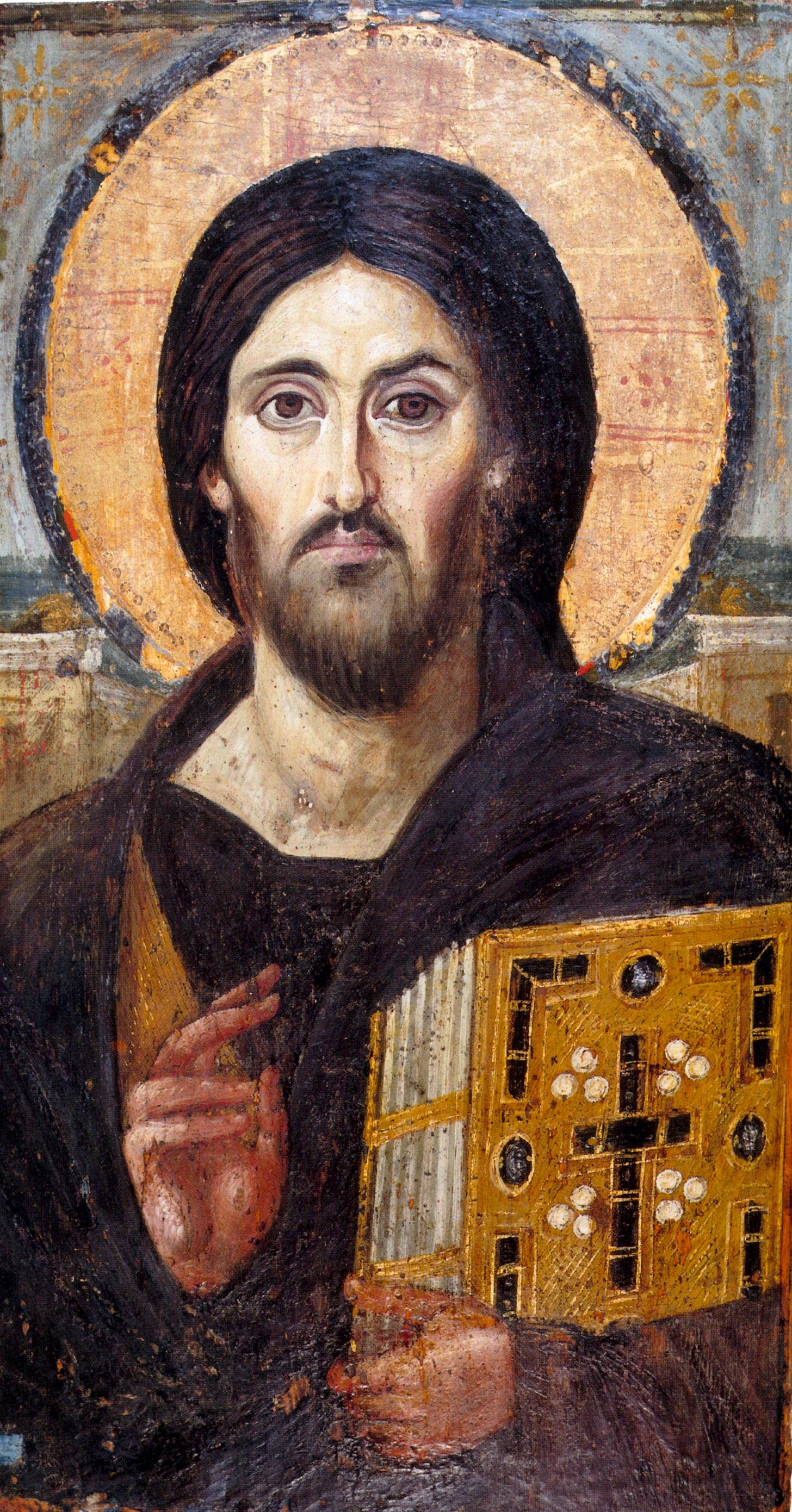In today’s paid members’ post (paywall below) we’re going to take a deep look at this famous icon and talk about why it is important to know the true face of Christ and how traditional iconography can help us.
Is this really the face of Christ?
And why does it look like that?

Why is this particular 1474 year old painting so important that it is probably the most copied of all traditional icons by our contemporary iconographers?
The reasons may surprise you.
In this post for paid subscribers, we’re going to dive deep into the origins, theological meaning and some really surprising history of this icon, and attempt to answer some questions:
Why is this particular image considered the most important depiction of Christ in the eastern Christian, Byzantine world?
Why did all depictions of Christ suddenly radically change about the time it was painted, the middle of the 6th century?
How did it reflect and answer the major controversies about the nature of Christ - as equally, fully man and God - of this period? How is it a declaration of orthodox belief, an exultant visual shout that Christ is King, that echoes down the ages?
How can understanding this image help us with our current theological difficulties, as an answer to the “low Christology” of our plague of contemporary western Modernism?
How can a devotion or “veneration” of this image help us in our spiritual life?
If you would like to accompany us into a deep dive into these spiritually and culturally enriching issues, to grow in familiarity with the inestimably precious treasures of our shared Christian patrimony, I hope you’ll consider helping me meet that goal by taking out a paid membership, so I can continue doing the work and expanding it.
It’s only $9/month and unlocks:
- An in-depth, paywalled article every week
- High‑resolution downloadable images, bonus reflections,
- Exclusive access to in-person photo essays, mini‑courses, and (in the works) podcasts and videos
Your subscription helps sustain this project that has developed from a personal passion to a growing cultural initiative; The Sacred Images Project is now part of the Ars Sacra Cultural Association, dedicated to exploring, preserving, and teaching the Christian sacred art tradition.
If you’d prefer to set up a monthly donation in an amount of your choice, or make a one-off donation to the work, you can do that at the studio blog here:
If you set up a recurring monthly donation above $9/month, I will manually add you to the complimentary subscription list here for a year, which means you’ll have all the benefits of a paid subscription.
I hope you’ll join us below the fold for our deep look at the tradition of the depictions of the face of Christ.





